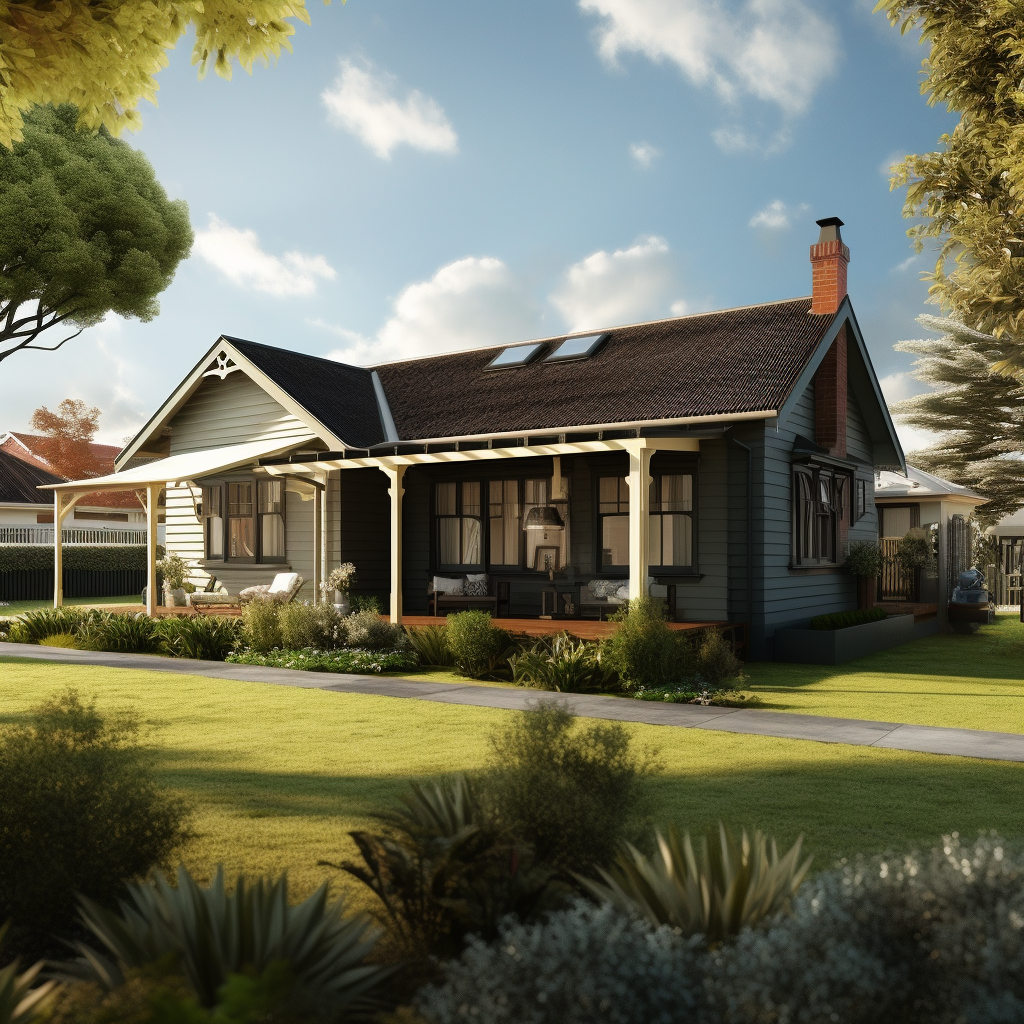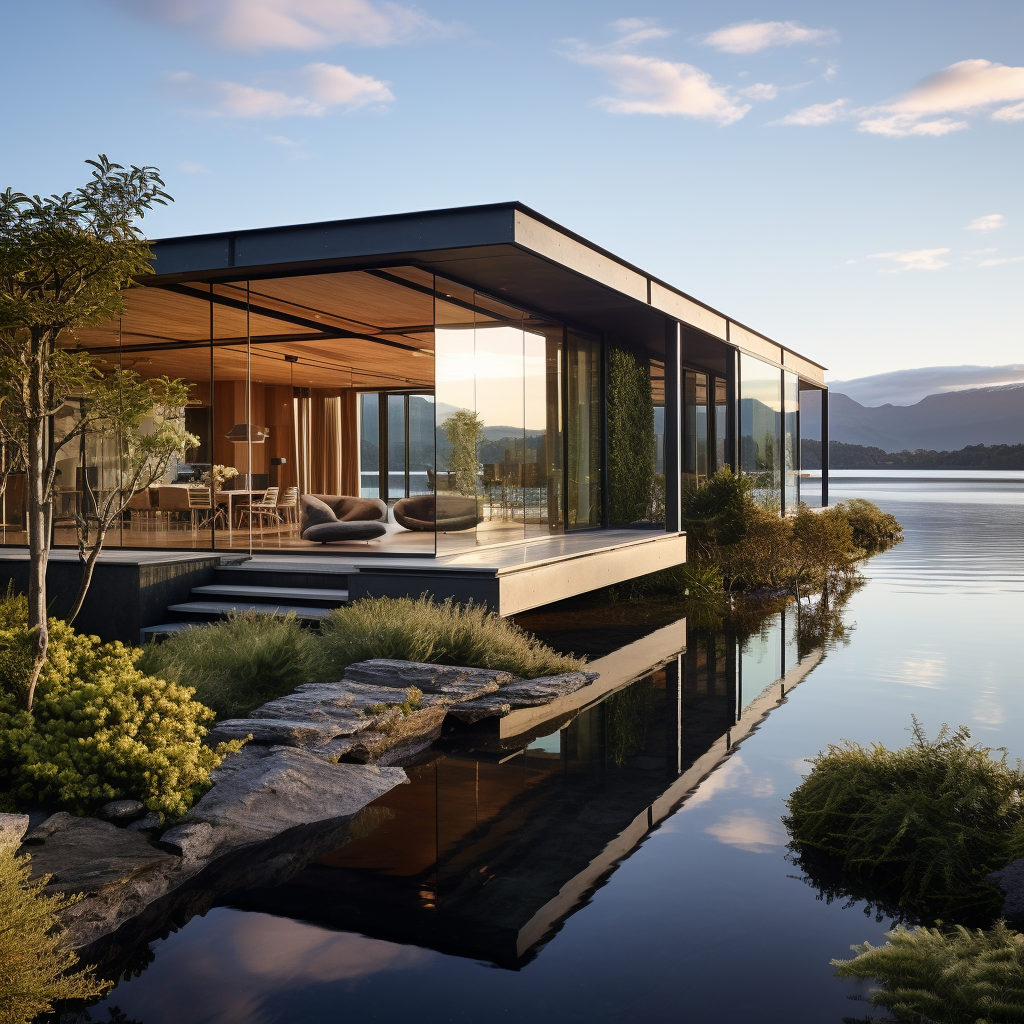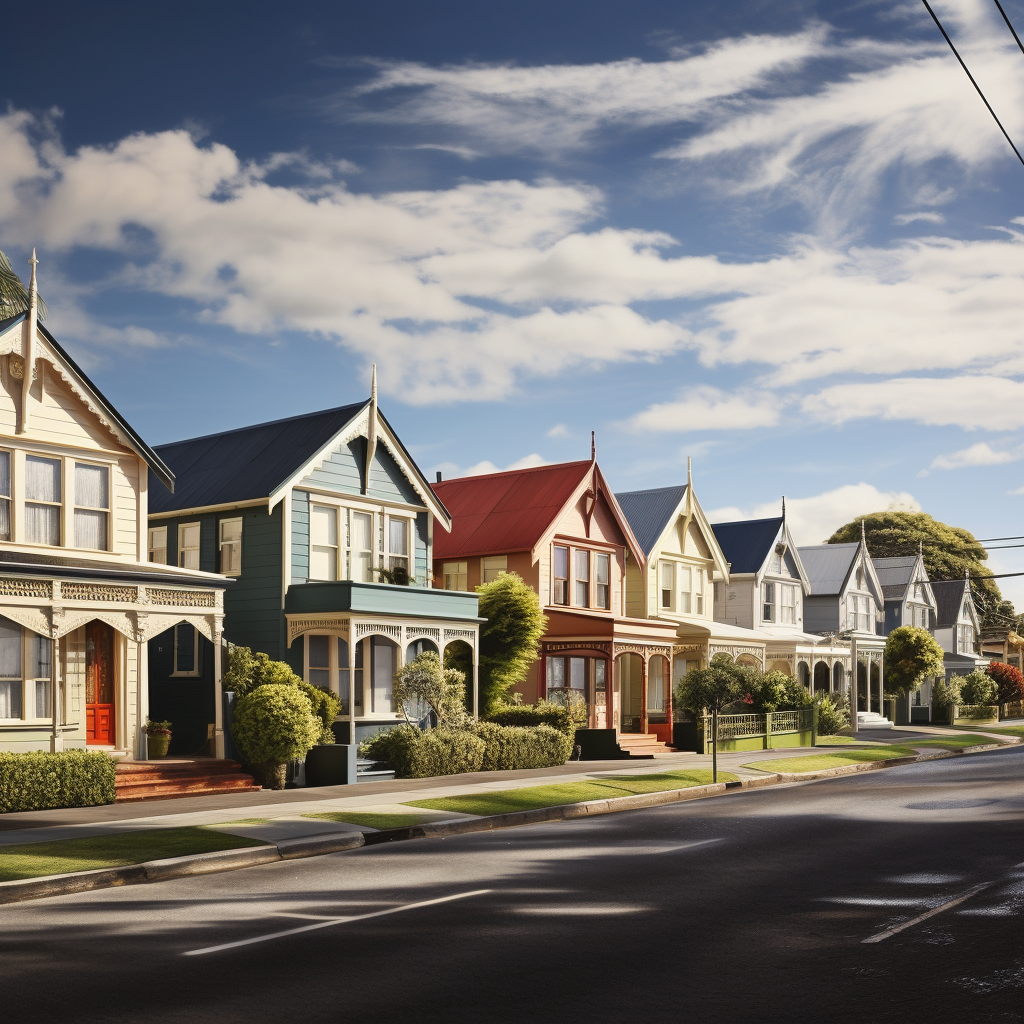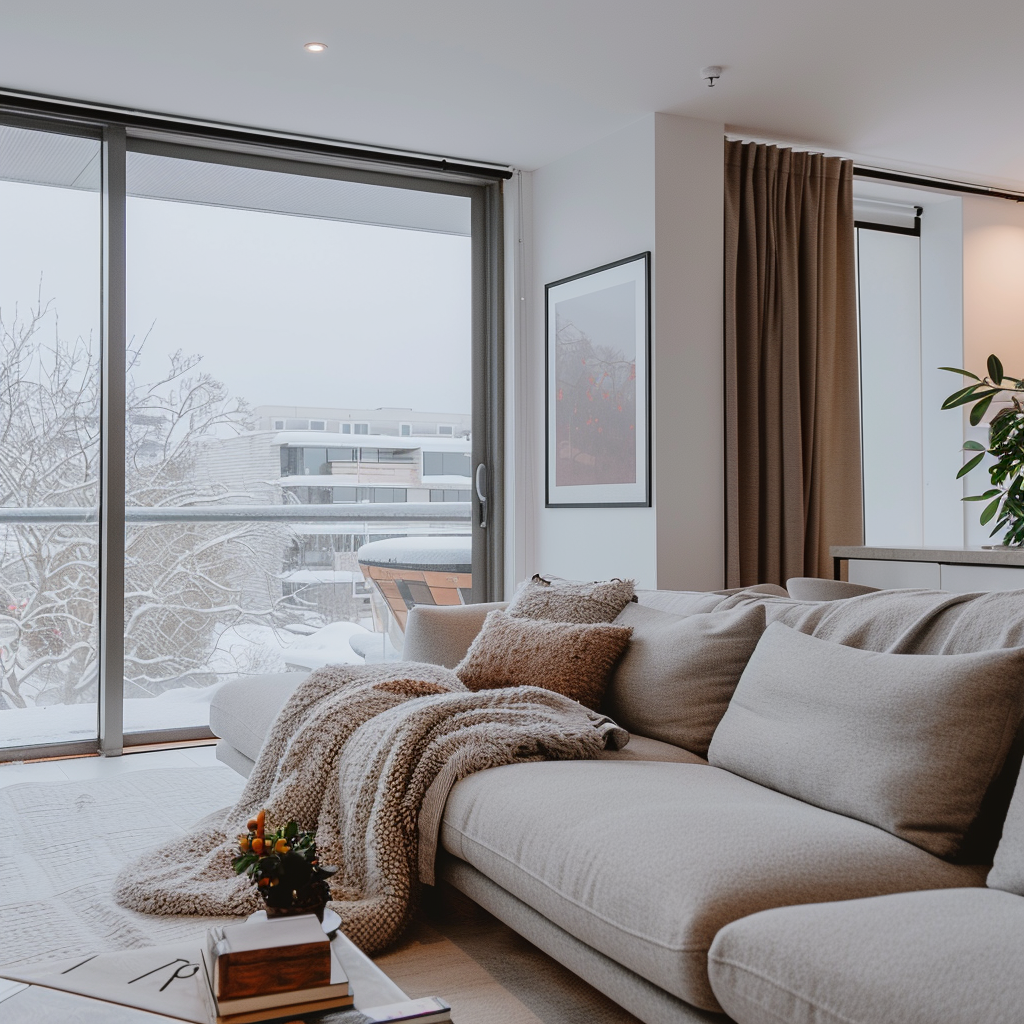Types of Exterior Cladding Used in NZ Properties with Pros and Cons
When it comes to choosing the right exterior cladding for your Kiwi home, it's not just about the street appeal—it's about finding a balance between aesthetics, durability, and maintenance. In Aotearoa, we have unique weather conditions and seismic activity to consider, so let’s delve into the popular cladding options available and weigh up their pros and cons.
Weatherboard (Timber or Fibre Cement)
Pros of Weatherboard Cladding
1. Aesthetic Appeal Weatherboard cladding, whether it is timber or fibre cement, is a popular choice for Kiwi homes owing to its aesthetic appeal. Timber weatherboards, in particular, exude a natural warmth and character that can enhance the visual appeal of your home. They have a timeless charm that can complement a broad spectrum of architectural styles. Likewise, fibre cement weatherboards offer versatility in texture and colour finishes, allowing for greater customisation to fit your personal style and design preferences.
2. Performance During Seismic Events (Timber) New Zealand's unique geological setting increases the importance of building materials' performance during seismic events. Timber weatherboards excel in this regard due to their inherent flexibility. This characteristic allows them to absorb and distribute seismic forces effectively, reducing the risk of structural damage during earthquakes.
3. Ease of Repair Another significant advantage of weatherboard cladding is the ease with which damaged boards can be repaired or replaced. If a single board gets damaged, there's no need to replace the entire cladding - just the affected board(s).
Cons of Weatherboard Cladding
While there are many benefits to using weatherboard cladding, it also comes with certain drawbacks that homeowners should be aware of.
1. Water Tightness (Timber) Generally, timber is reliable against moisture penetration; however, it requires regular treatment to maintain its integrity over time. Without proper maintenance and treatment, timber can absorb moisture leading to potential problems such as rotting or warping.
2. Performance During Seismic Events (Fibre Cement) Unlike timber, fibre cement does not perform as well during seismic events due to its brittle nature. It lacks the flexibility of timber which allows for movement without causing extensive damage.
3. Maintenance Maintenance is an important factor when considering cladding options for your home. Timber cladding, in particular, demands consistent upkeep to prevent decay and maintain its aesthetic appeal. This includes regular painting or staining to protect the timber from moisture, UV damage, and general wear and tear.
Brick
Brick Cladding
When it comes to cladding options, brick is a timeless classic that offers a number of standout features. However, like any material, it has its share of pros and cons.
Pros:
- Aesthetic: Brick cladding is renowned for its traditional and enduring appeal. It not only blends seamlessly with a wide range of architectural styles but also imparts a sense of heritage and permanence. With the variety of colours and finishes available, from rustic reds to modern greys, you can customize the look of your home to match your design vision.
- Water Tightness: When correctly installed with the right mortar mix, brick offers excellent resistance against water penetration. This makes it an ideal choice for homes in areas that experience heavy rainfall or moist conditions. The dense nature of bricks and their ability to repel water can help keep your home dry and comfortable through all seasons.
Cons:
- Performance in Earthquake: While brick structures have been standing for centuries, they are inherently rigid and therefore susceptible to damage in seismic events. During an earthquake, bricks can crack or become dislodged, potentially compromising the structural integrity of your home. This is particularly relevant in regions like New Zealand that are prone to seismic activity.
- Ease of Repair: If damage does occur due to natural events or wear and tear over time, repairing brickwork can be quite challenging. Matching the colour, size and texture of bricks for repair jobs often requires specialist skills and can be time-consuming. Furthermore, incorrect repairs may lead to aesthetic inconsistencies that detract from the overall appearance of your home.
Roughcast or Plaster
Pros:
- Aesthetic: Offers a sleek finish that can be painted to suit any design palette.
- Water Tightness: With diligent maintenance, plaster remains an effective barrier against the elements.
Cons:
- Performance in Earthquake: The rigid nature means it's prone to cracking under seismic duress.
- Ease of Repair: Achieving an invisible repair job can be difficult without expert application.
Stone Veneer
Stone Veneer Cladding
Pros:
- Aesthetic: Stone veneer is a popular choice for homeowners seeking a sophisticated aesthetic. It possesses a timeless charm, echoing the grandeur of traditional stone structures while offering a breadth of design possibilities. Whether you're aiming for rustic appeal or modern elegance, stone veneer can be tailored to suit. Its natural hues and textures blend seamlessly with New Zealand's diverse landscapes, making it an attractive option for many Kiwi homes.
- Water Tightness: Stone veneer isn't just easy on the eyes; it's also highly functional when it comes to protecting your home from water damage. When installed correctly, this cladding material can provide robust protection against water ingress. It forms a strong barrier that prevents moisture from penetrating your home's structure, thereby helping to prevent issues such as dampness and mould growth.
Cons:
- Performance in Earthquake: Despite its many advantages, one notable concern with stone veneer is its performance during seismic activity. Given its considerable weight, stone veneer may be more prone to damage during significant tremors. This is particularly noteworthy in New Zealand, where earthquakes are relatively common.
- Ease of Repair: Although durable, stone veneer can require repairs over time due to wear and tear or accidental damage. Unfortunately, these repairs can be quite challenging. Finding matching stones can be difficult and time-consuming, potentially leading to aesthetic inconsistencies if an exact match isn't found. Furthermore, professional masonry skills are often required to ensure a high-quality repair job — adding another layer of complexity and cost to the process.
Vinyl Cladding
Pros:
- Aesthetic: Available in numerous colours and styles to fit different architectural visions.
- Water Tightness & Performance in Earthquake: Vinyl is highly resilient against moisture and flexible during ground movement.
Cons:
- Aesthetic Limitations: Some may find vinyl less appealing compared to more premium materials.
- Ease of Repair: While practical to replace, colour fading over time might affect the uniformity after repairs.
Concrete Block
Pros:
- Aesthetic: Presents a modern industrial look that’s gaining popularity across urban NZ homes.
- Water Tightness & Performance in Earthquake: Concrete block is extremely sturdy when properly sealed.
Cons:
- Ease of Repair: Patching cracks or damages without noticeable differences can be difficult.
Metal Cladding: Pros and Cons
Metal cladding, constructed using steel or aluminium, is a popular exterior finish for residential and commercial buildings in New Zealand. Let's delve into its advantages and disadvantages to help you make an informed decision.
Pros of Metal Cladding
Aesthetic Appeal
Metal cladding delivers a modern façade that can incorporate clean lines, adding a sleek and stylish touch to your property. Available in various hues, it offers flexibility to match your specific design vision. This aesthetic versatility makes metal cladding suitable for both traditional and contemporary architectural styles.
Water Tightness
One significant advantage of metal cladding is its high water resistance. It provides an impermeable barrier against rain and moisture, thereby protecting your building from potential water damage. Regular maintenance can further enhance this water tightness, ensuring the longevity of your property.
Performance in Earthquakes
New Zealand's seismic activity necessitates using building materials capable of withstanding earthquakes. Metal claddings are flexible enough to absorb ground movement, reducing the risk of structural damage during seismic events. Their inherent resilience contributes to a safer living environment.
Cons of Metal Cladding
Ease of Repair
Despite its many benefits, metal cladding has some drawbacks as well. One such challenge is related to repairing or replacing damaged panels. Over time, the colour of metal cladding may fade due to exposure to sunlight and weather elements. This fading can make it difficult to match replacement panels with the existing ones perfectly.
Moreover, if the specific design or colour of your cladding has been discontinued by the manufacturer, finding an exact match could be problematic. These factors might affect the uniformity of your building's external appearance post-repair.
While metal cladding is an excellent choice for its aesthetic appeal, water tightness, and earthquake performance, potential issues with repairs warrant careful consideration. Always remember to consider your specific needs and circumstances when choosing the right cladding material for your property.
Plywood Sheeting Cladding
Pros of Plywood Sheeting Cladding:
- Aesthetic: Plywood sheeting is usually favoured for contemporary architectural designs. The material exudes an air of simplicity and functionality that enhances the modern aesthetic. Its raw and natural look can seamlessly blend with various architectural styles, making it a versatile choice.
- Performance in Earthquake: An often-overlooked advantage of plywood sheeting is its seismic resilience. The inherent flexibility of the plywood allows it to absorb and distribute the energy from seismic activities effectively, reducing the risk of structural damage.
Cons of Plywood Sheeting Cladding:
- Water Tightness: While plywood sheeting can be made water-resistant, it requires vigilant sealing and regular maintenance to prevent water damage. This might include frequent checks for leaks or cracks that could let in moisture, potentially leading to dampness, mould growth, or rot.
- Ease of Repair: Replacing damaged plywood sheets is typically straightforward; however, maintaining a consistent appearance post-repair may require careful attention. Over time, weather exposure can cause colour variations in the sheets, making it challenging to find an exact match when replacing damaged areas.
Fibre Cement Sheets Cladding
Pros of Fibre Cement Sheets Cladding:about:
- Aesthetic: Fibre cement sheets offer clean lines and a minimalist look. They are perfect for designs that call for a sleek, modern finish. The material's smooth surface can be painted in any colour, providing design flexibility while maintaining its aesthetic appeal.
- Water Tightness & Performance in Earthquake: High-quality installations ensure excellent water resistance. However, while fibre cement sheets can withstand typical daily wear and tear, severe seismic stress may lead to cracking. Despite this, they are moderately easy to repair or replace due to their uniformity in colour and texture.
Tile Cladding
Pros of Tile Cladding:
- Aesthetic: Tile cladding provides a plethora of design options, offering versatility in terms of colours, textures, and patterns. Whether you prefer the classic look of terracotta or the modern appeal of geometric patterns, there's a tile cladding style for you.
- Water Tightness: When installed correctly, tile cladding is one of the most waterproof options available. Its surface is naturally resistant to water penetration, making it an excellent choice for wet weather conditions.
Cons of Tile Cladding:
- Performance in Earthquake: Tiles are inherently brittle and may become detached or cracked during earthquakes. This vulnerability should be taken into account when choosing cladding material in seismic-prone areas. However, individual damaged tiles can be replaced without affecting the overall appearance of the building facade.






